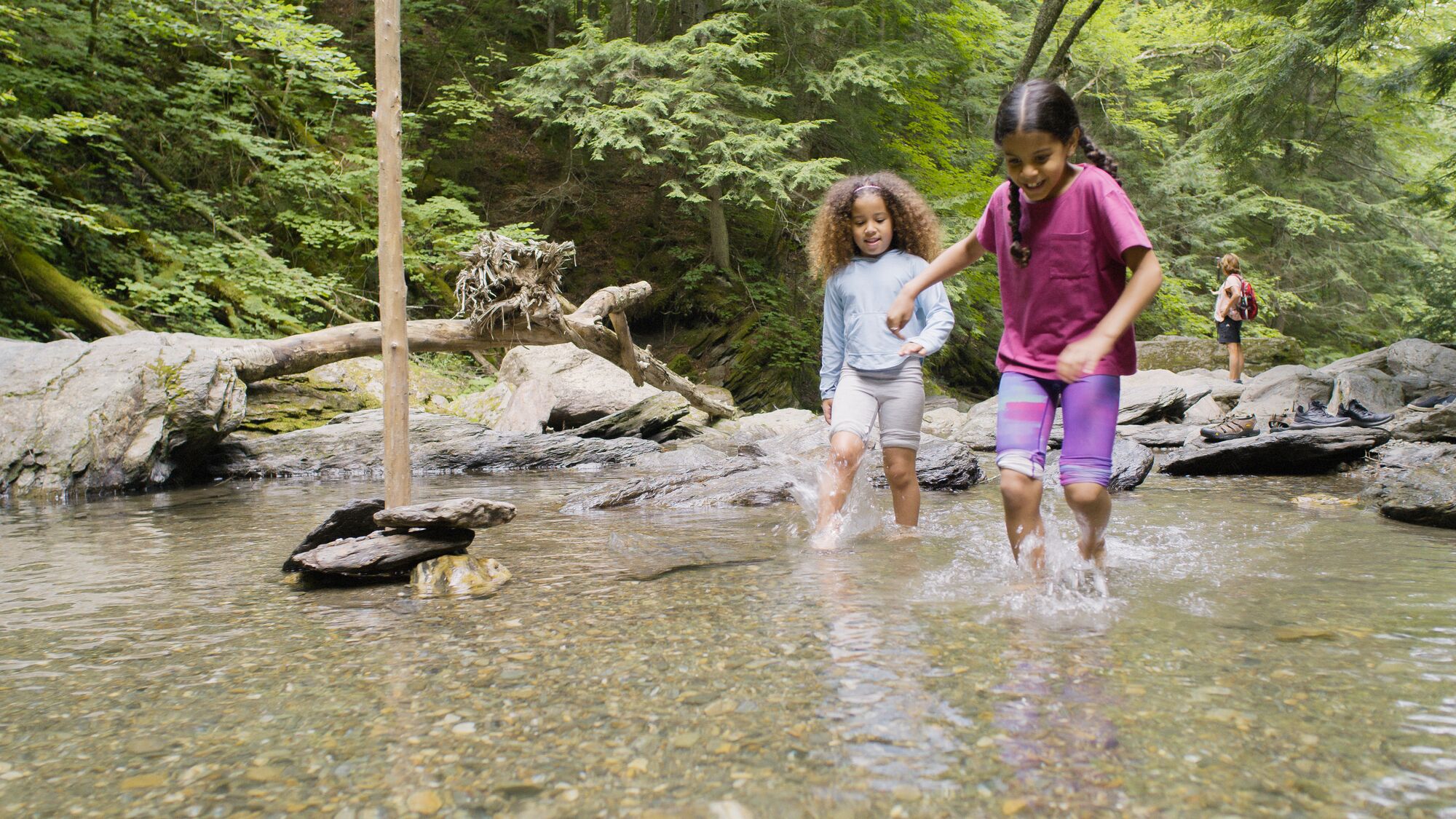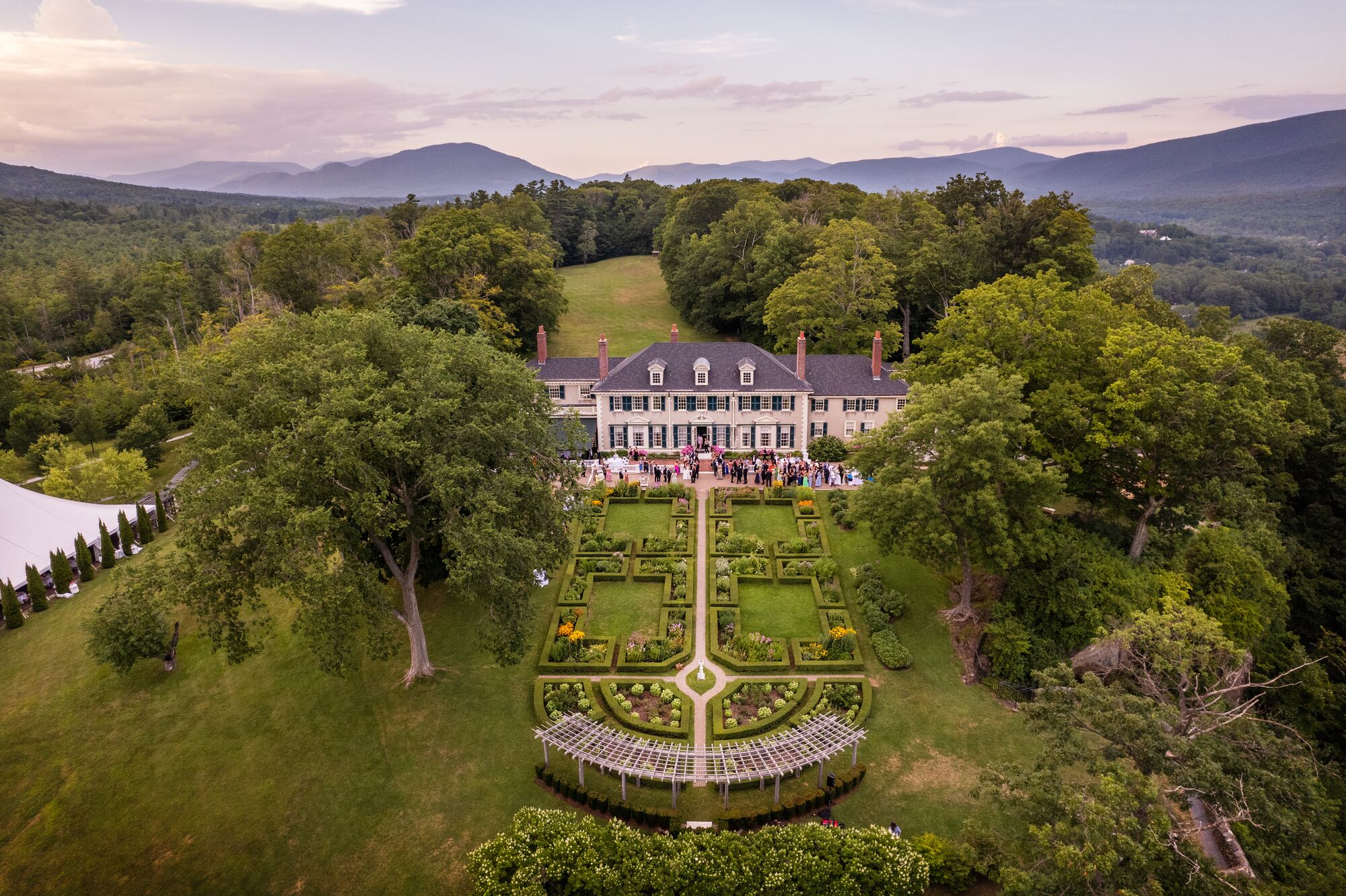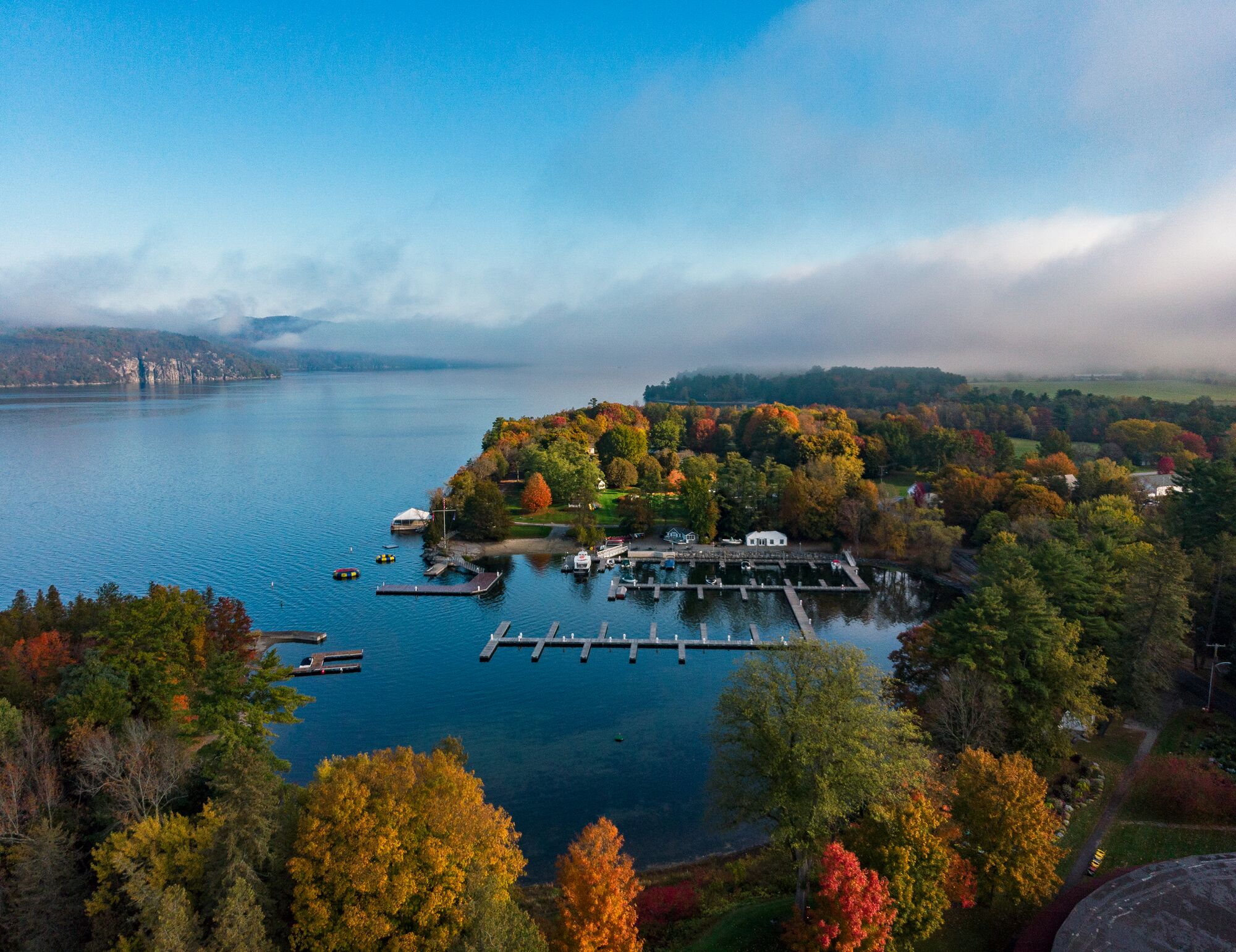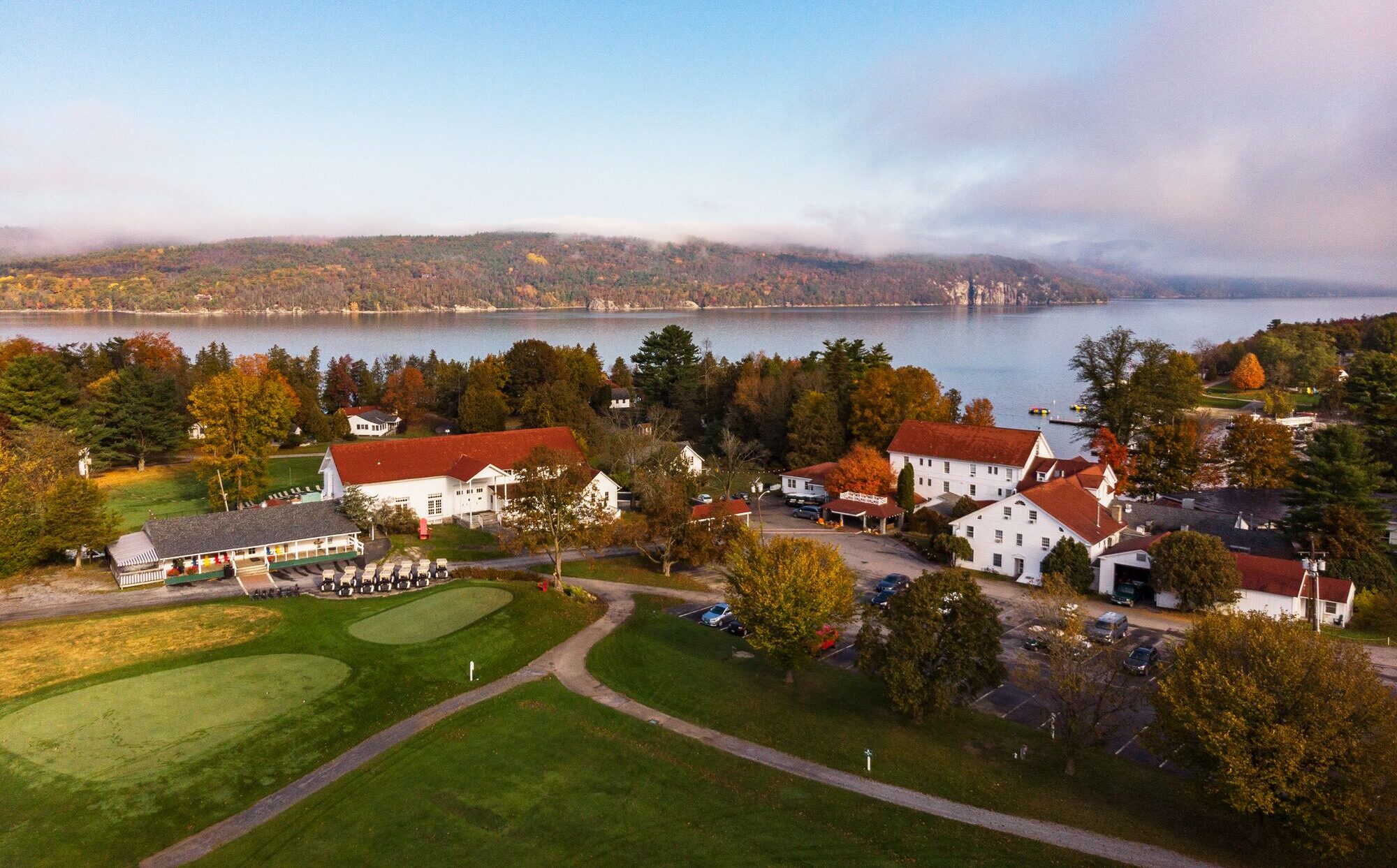The Brattleboro Words Trail
Discovering ‘Print Town’ on the Brattleboro Words Trail
By Meg McIntyre
Story originally published in Seven Days on 03|01|2022.
From the vantage point of Brattleboro’s tiny Pliny Park, history is all around.
To the right across High Street stands the 1871 Brooks House, a former hotel and favorite destination of 19th- and 20th-century literary figures such as Rudyard Kipling, author of The Jungle Book, who lived for a time in nearby Dummerston. Across Main Street, the American Building, now dotted with shops and restaurants, once housed the Brattleboro Reformer, the Vermont Printing Company and the Stephen Daye Press. To the left, you can see the former site of the town hall, where African American abolitionist and orator Frederick Douglass delivered his first speech about President Abraham Lincoln’s assassination in 1866.
These are just a few of the locales highlighted on the Brattleboro Words Trail, a collaborative research project celebrating southeastern Vermont’s rich literary past and present. With more than 90 destinations featuring dynamic audio narrations — and more being added all the time — the tour takes residents and visitors on a journey through the region’s long-standing love affair with words.
“My appreciation of this place has increased a hundredfold since beginning this work, because every building, every street, every hill — it’s filled with these stories for me now,” trail cofounder and producer Lissa Weinmann said.
The project began in 2017, when several local organizations, including the Brattleboro Literary Festival, the Brooks Memorial Library, the Brattleboro Historical Society, Write Action and the now-shuttered Marlboro College, joined forces to apply for a grant from the National Endowment for the Humanities.
After months of community engagement and many more of research and audio production, the project released dozens of audio segments in December 2020. They cover not just Brattleboro but the surrounding region, from Grafton to Dover to Colrain, Mass. The audio stories are accessible online or via a downloadable app, but visitors can also pick up a printed map at sites along the trail and read the companion book, Print Town: Brattleboro’s Legacy of Words.
Whether you peruse the downtown sites or venture farther afield, an afternoon on the trail makes for a stimulating spring outing. Some of the subjects are well known locally and beyond. Saul Bellow, for instance, who won the Nobel Prize in Literature in 1976, spent much of his later life in the area and is buried in Brattleboro’s Jewish cemetery.
Other subjects are figures whose legacies have not received their due, including Lucy Terry Prince, the first known African American poet. You can visit the land where Prince and her husband, Abijah Prince, settled in Guilford in 1764 and opened their home as a gathering place for freed and enslaved Black people. Her only surviving poem, “Bars Fight,” chronicles a violent massacre that occurred in Deerfield, Mass., in 1746, when Prince was still enslaved there.
For Sandy Rouse, cofounder and director of the Brattleboro Literary Festival, a favorite discovery during the research process was the work of writer Mary Wilkins Freeman. Freeman’s poems and short stories were published in the Vermont Phoenix and a slew of children’s magazines. One 1891 story, “The Revolt of ‘Mother,’” recounts the frustrations of a rural New England woman whose husband has neglected the construction of their family home in favor of other projects. In retaliation, she moves herself and her children into the barn he’s building instead.
The author’s father owned a dry goods store on Brattleboro’s Main Street in the current site of a jewelry store.
“I’d love to see her get popular again, because she’s a lot of fun,” Rouse said of Freeman.
Weinmann noted that one goal of the project is to “reflect the community back on itself” by elevating stories that aren’t widely known. The Brattleboro Words Trail highlights the history of the Abenaki, Indigenous people who have inhabited the area for centuries, with segments on ancient petroglyphs preserved in Brattleboro and Bellows Falls. There’s also a historic marker memorializing William Apess, author of the first Native American autobiography, which was published in 1829.
The trail’s sites take concrete form in a series of ceramic maps created by local artist Cynthia Parker-Houghton. Currently on display at the gallery 118 Elliot, they feature the names of local landmarks in Wabanaki as well as English.
“Part of the intention is to really create what we consider a deep mapping of our community — empowering people to tell these stories, helping people who might not ever really think of telling a story like this to do the research [and] source primary materials at different historical societies,” Weinmann said. “It’s all based in this philosophy of Who gets to tell the stories?”
The effort has been driven by artists and writers who call Brattleboro home today. Stephanie Greene, a local writer and organizer with the Brattleboro Literary Festival, researched and produced a segment about her parents’ publishing company, the Stephen Greene Press, which released regional and nonfiction titles for more than 20 years, starting in 1957. Her two sons, Isaac and Graham Brooks, voiced the narration, making it a multigenerational affair.
At the heart of the project is the question of what has attracted so many literary-minded folks to the region over the centuries.
“Why is Brattleboro so unique? What are the elements from the landscape, the land, that have led us to where we are now, an extraordinarily creative place?” Weinmann asked. “At the same time, we also believe that any town can trace its history of words and will find interesting artifacts and stories therein.”
One theory is that Brattleboro’s location at the confluence of the Connecticut and West rivers positioned the town to thrive in the printing industry. Weinmann explained that the purity of the water supply was ideal for producing highly reflective, high-quality paper, and a number of paper mills popped up as a result. The town’s proximity to New York and Boston has also made it a perennial destination for artists, writers and creatives.
The pristine waters drew famous visitors such as poet Henry Wadsworth Longfellow and novelist Harriet Beecher Stowe to the region. Both traveled to Brattleboro in the mid-19th century to test the healing properties of the Wesselhoeft Water Cure, a natural spring that still bubbles up in the basement of the fire department on Elliot Street. Stowe sought treatment for the “melancholia” that plagued her after several consecutive pregnancies and the death of her brother.
“And she stayed and stayed and stayed, and her husband, who was taking care of all the children, including the newborn, kept writing her letters saying, ‘Honey, when are you coming back?’” Greene recounted. “She was at the water cure for nine months and then finally went home and within three years had published Uncle Tom’s Cabin.”
Starting in March, organizers plan to add markers to the downtown segment of the trail, which will allow walkers to scan a QR code that automatically pulls up that location’s audio story. Soon, the trail will also greet travelers visiting Brattleboro by train. The ceramic map murals created during the project will adorn the side of the town’s new Amtrak station, construction of which is scheduled to break ground this spring.
In 2021, the Vermont Historical Society honored the Brattleboro Words Trail with the Richard O. Hathaway Award for best historical project. Organizers hope its success will inspire other communities to trace their own literary lineages.
“The more you learn about the history of the town,” Rouse said, “the more you learn about what makes it great.”
Learn more about the Brattleboro Words Trail. The trail app is available for download via the Apple App Store and Google Play, or at their website.
Seven Days Staytripper Series
Created by Seven Days, the “Staytripper: The Road Map for Rediscovering Vermont” series presents curated excursions statewide. The series was originally published from 2020-2022 and highlights Vermont restaurants, retailers, attractions, and outdoor adventures to spotlight all corners of the state.



